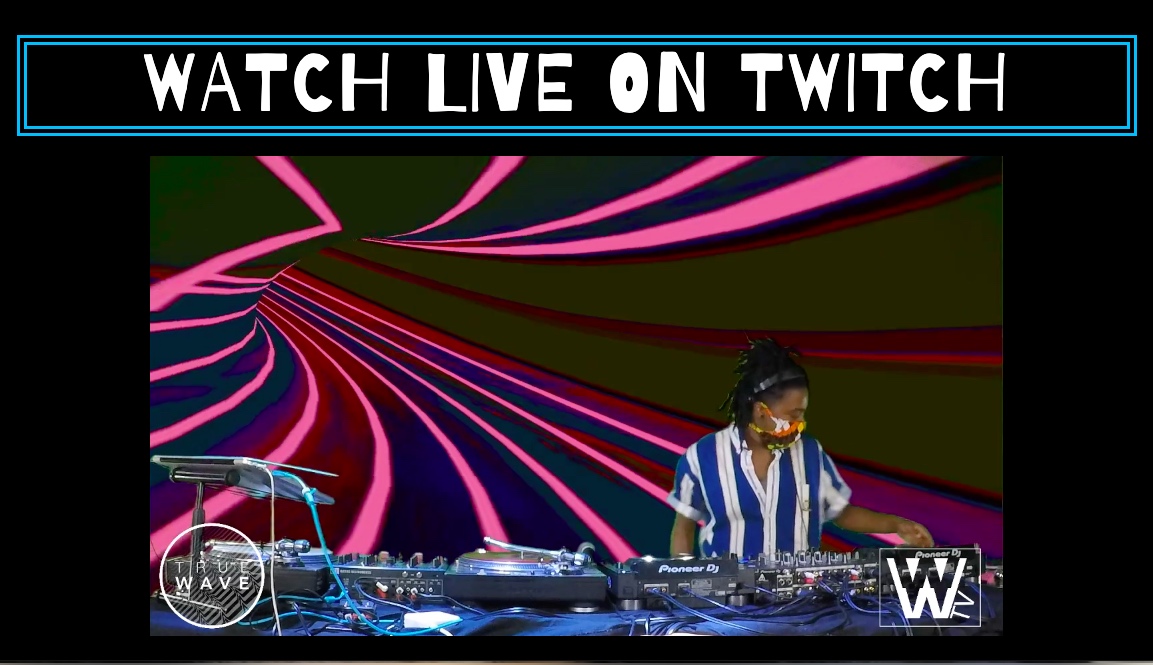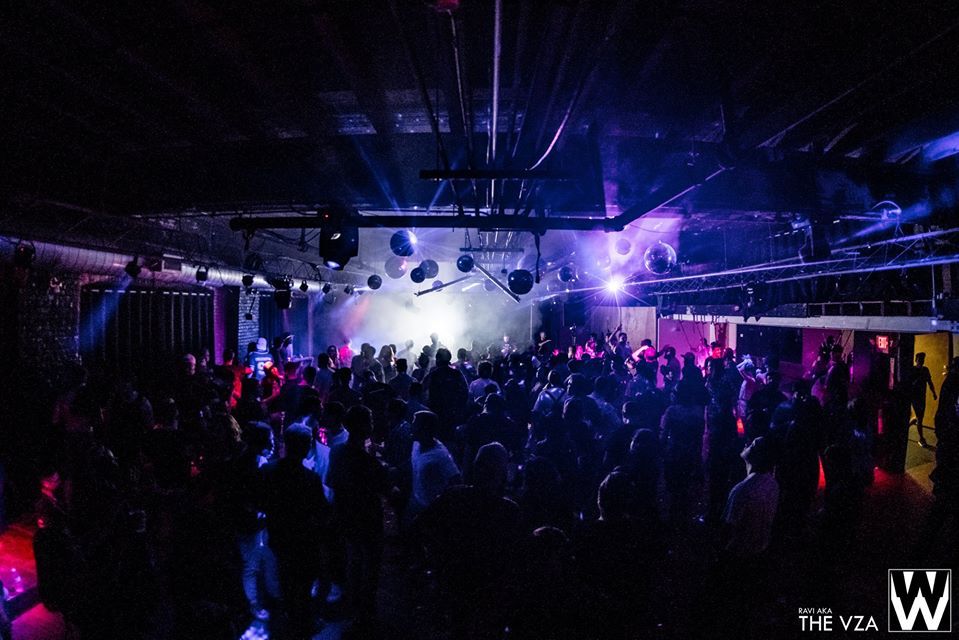Like many industries dependent on social activity, the entertainment industry has been rocked by COVID-19. And with social distancing becoming a key strategy in minimizing infections, event design is in a period of significant change — for big names like Live Nation as well as groups hosting much smaller gatherings.
Entrepreneur Britney Norman’s marketing experience from her time working on events for SugarHouse Casino (now Rivers Casino) and special projects for Visit Philadelphia have uniquely shaped her perspective on event design. As a partner with experiential event group 6ix8ight, Norman has experienced burnout after seeing the intimacy of in-person events replaced by Zoom and other virtual meetups.
“In doing events, what you learn is that nothing will replace that human interaction,” said Norman (who is, full disclosure, a friend of this reporter). “The more high tech we become, the more high touch you have to become. People will still crave those experiences of being together — however, the way we see being together will take a while to get back to. As far as not social distancing, I don’t think that will happen until we have a vaccine where people feel more comfortable and safe.”
Norman believes that designing smaller, intimate gatherings will become more prevalent in the future. This could allow brands to measure key performance indicators by engaging small groups of influencers as opposed to large events full of people.
“Until there is a vaccine, I do see smaller gatherings like intimate dinner parties happening,” she said. “Think groups, roundtable discussions and think tanks will work for brands wanting to do engagement. There is value for that, especially with us going into the yellow phase. For brands with money looking for specific demographics, a 25-person party may work.”
Gavin DiRusso is the owner of North Philadelphia event space Warehouse on Watts (WOW) at 923-29 N. Watts St. near Girard Avenue and has overseen his business’ pivot from being an event venue to a delivery center for liquor and barbecue food. In the absence of several events happening every week, DiRusso worked to make sure WOW’s staff was taken care of by employing them in liquor delivery services and using WOW as a hub for that business.
Broadcasting live music events started out as a passion project and soon gave DiRusso and his team insight on what the future of events may look like.
“Livestreams [were] more of a passion project from our general manager, Meg Bassett, and [artist] Justin Schlepp,” DiRusso said. “He rents space out of Watt Studios, which is the sound studio in the venue. We painted one of our walls like a green screen and started doing livestreams. DJs still want to perform and have a voice to keep in step with what is happening.”

While WOW isn’t making money from its livestreaming on Instagram, Twitch and YouTube, DiRusso believes that virtual experiences will be a big part of what the future of venues is.
“It’s interesting because I wanted to start doing that before the pandemic,” he said. “I purchased a couple of video cameras and black boxes and wanted to do that for our events. I wanted to stream the shows we had upstairs to the downstairs venue and make it available online for people to watch at home. We have separate downstairs space as a chill area.”
Live Nation Urban VP of Business Development & Operations Brandon Pankey also believes virtual experiences will play a significant role as events continue to evolve during the pandemic. Since it started, the concert industry is on pace to lose billions of dollars. The cancellation of musician’s tours and events has forced entertainment giant Live Nation to move swiftly.
The Roots Picnic is one of Live Nation Urban’s biggest annual events. This year, it became a virtual experience and voting drive that featured an appearance from former first lady Michelle Obama as part of a response to recent social unrest.
“[Live Nation Urban] partnered with Michelle because we believe it is not just about the show,” he said. Now, “literally everything we do has to have a social impact.”
Pankey said that the early returns on virtual events like this year’s Roots Picnic have been promising: Live Nation was able to connect with 500,000 people through the experience. By comparison, the annual in-person Roots Picnic typically reaches 25,000 to 30,000 people.

Pankey considers the success of the VERZUZ music series as a case study for people’s increased desire to participate in virtual events. During each episode of VERZUZ, viewers used Instagram to watch musicians like Jill Scott and Erykah Badu play 20 of their hits in a friendly competition.
“You look at the sheer numbers of events like VERZUZ TV,” he said. “Years prior, [music producers and event organizers] Swizz Beatz and Timbaland would have never went on Instagram and had battles. Even if they did, the viewership would be 10,000 or 20,000 people. We’re in a culture now where 500- to 700,000 people are more inclined to [virtually] watch live events.”
Russo believes having more outdoor events and personal protective equipment will factor heavily into the new normal of event design even after a vaccine is made available. In addition to patrons, he sees bartenders, security and servers being expected to wear masks, a move that could possibly increase the price of bottle service.
“I think what the future holds is going to be a lot more outdoor events,” he said. “We want to start doing block parties outside [our] venue. I think masks will be a mandatory event thing. There’s no way you will be able to have people in a venue and space themselves out from each other.”
For now, while Live Nation is already selling early bird Roots Picnic 2021 tickets, Pankey believes virtual experiences will have a long-term benefit for the entertainment industry — and for patrons who still may not be ready to be surrounded by thousands of people next June.







